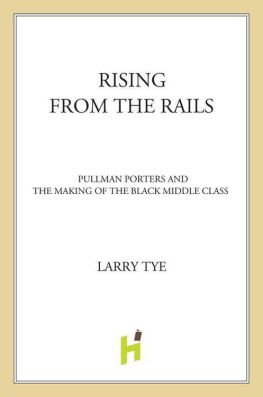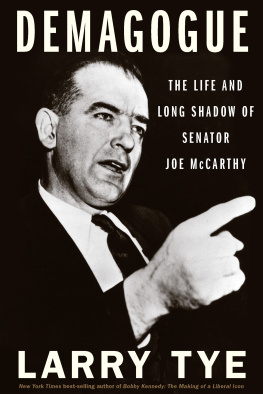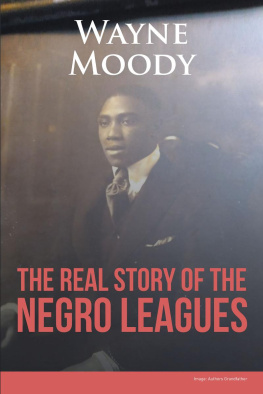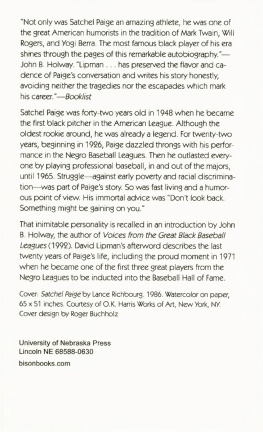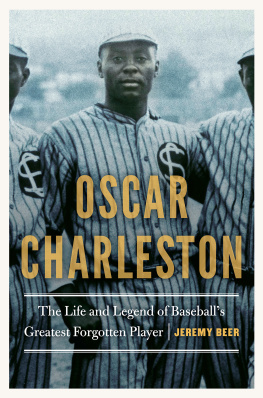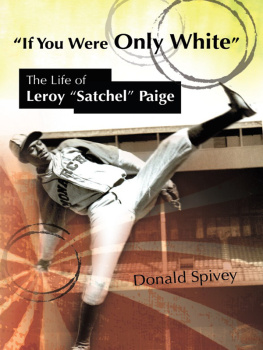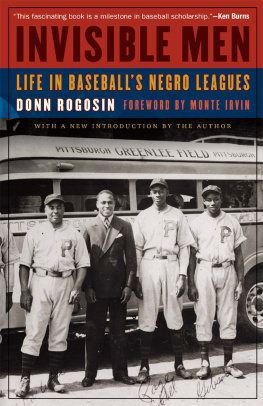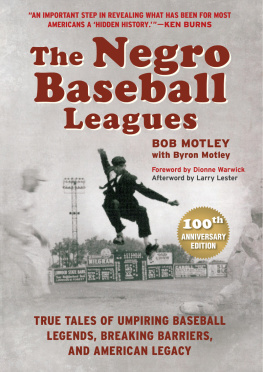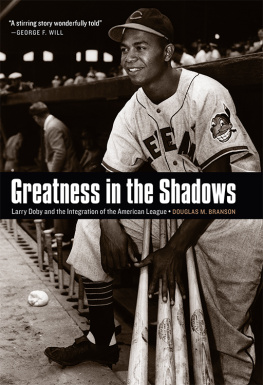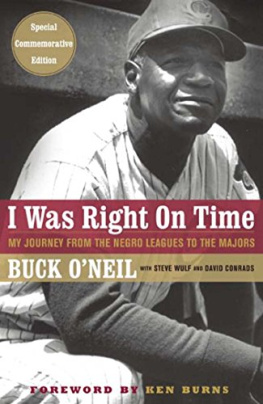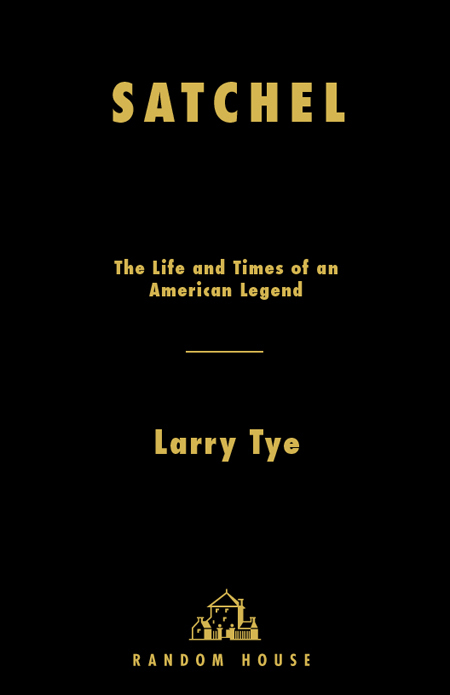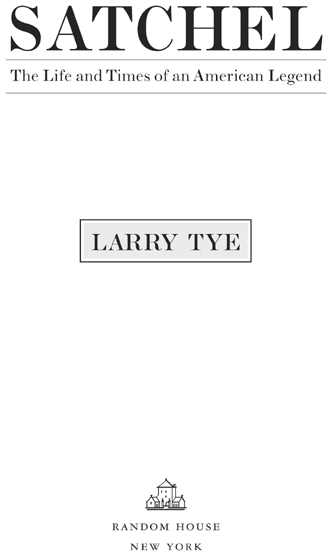Larry Tye - SATCHEL: The Life and Times of an American Legend
Here you can read online Larry Tye - SATCHEL: The Life and Times of an American Legend full text of the book (entire story) in english for free. Download pdf and epub, get meaning, cover and reviews about this ebook. year: 2009, publisher: Random House, genre: Detective and thriller. Description of the work, (preface) as well as reviews are available. Best literature library LitArk.com created for fans of good reading and offers a wide selection of genres:
Romance novel
Science fiction
Adventure
Detective
Science
History
Home and family
Prose
Art
Politics
Computer
Non-fiction
Religion
Business
Children
Humor
Choose a favorite category and find really read worthwhile books. Enjoy immersion in the world of imagination, feel the emotions of the characters or learn something new for yourself, make an fascinating discovery.

- Book:SATCHEL: The Life and Times of an American Legend
- Author:
- Publisher:Random House
- Genre:
- Year:2009
- Rating:3 / 5
- Favourites:Add to favourites
- Your mark:
SATCHEL: The Life and Times of an American Legend: summary, description and annotation
We offer to read an annotation, description, summary or preface (depends on what the author of the book "SATCHEL: The Life and Times of an American Legend" wrote himself). If you haven't found the necessary information about the book — write in the comments, we will try to find it.
Few reliable records or news reports survive about players in the Negro Leagues. Through dogged detective work, award-winning author and journalist Larry Tye has tracked down the truth about this majestic and enigmatic pitcher, interviewing more than two hundred Negro Leaguers and Major Leaguers, talking to family and friends who had never told their stories before, and retracing Paiges steps across the continent. Here is the stirring account of the child born to an Alabama washerwoman with twelve young mouths to feed, the boy who earned the nickname Satchel from his enterprising work as a railroad porter, the young man who took up baseball on the streets and in reform school, inventing his trademark hesitation pitch while throwing bricks at rival gang members.
Tye shows Paige barnstorming across America and growing into the superstar hurler of the Negro Leagues, a marvel who set records so eye-popping they seemed like misprints, spent as much money as he made, and left tickets for Mrs. Paige that were picked up by a different woman at each game. In unprecedented detail, Tye reveals how Paige, hurt and angry when Jackie Robinson beat him to the Majors, emerged at the age of forty-two to help propel the Cleveland Indians to the World Series. He threw his last pitch from a big-league mound at an improbable fifty-nine. (Age is a case of mind over matter, he said. If you dont mind, it dont matter.)
More than a fascinating account of a baseball odyssey, Satchel rewrites our history of the integration of the sport, with Satchel Paige in a starring role. This is a powerful portrait of an American hero who employed a shuffling stereotype to disarm critics and racists, floated comical legends about himselfincluding about his own ageto deflect inquiry and remain elusive, and in the process methodically built his own myth. Dont look back, he famously said. Something might be gaining on you. Separating the truth from the legend, Satchel is a remarkable accomplishment, as large as this larger-than-life man.
Larry Tye: author's other books
Who wrote SATCHEL: The Life and Times of an American Legend? Find out the surname, the name of the author of the book and a list of all author's works by series.

